

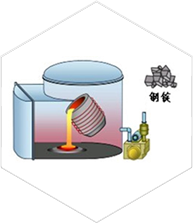
The main raw materials of sintered NdFeB permanent magnets are rare earth, iron and ferroboron, as well as cobalt, aluminum, copper, gallium, etc. The prepared raw materials are melted into alloy flakes under vacuum. Earth-Panda and REHT invested a joint venture factory to produce alloy flakes so as to ensure a stable supply of rare earth raw materials.



Based on the hydrogen absorption and expansion principle of rare earth metals, alloy flakes are decrepitated into millimeter grade NdFeB coarse powder, which is stored in sealed containers for anti-oxidation. Earth-Panda has imported the continuous controlled atmosphere annealing furnace developed by Japan.


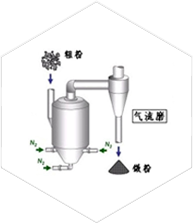
Driven by high pressure gas, the NdFeB coarse powder collides with each other and decrepitates, and the particle size of the powder was refined to micron level to obtain the NdFeB fine powder. The fine powder is also stored in sealed containers for anti-oxidation.


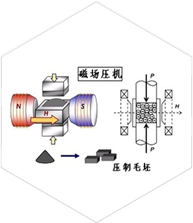
Anisotropic NdFeB compacts are obtained by placing NdFeB fine powder into a mould under nitrogen atmosphere, then being oriented by electromagnetic field and under compression molding. By adjusting the shape and size of the mould, a variety of specifications of compacts can be obtained.


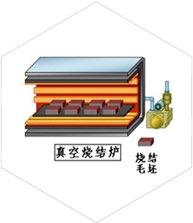
After vacuum sintering and aging, NdFeB compacts can improve physical properties such as density, strength, remanence and coercivity. Earth-Panda has imported several multi-chamber continuous vacuum sintering furnaces.


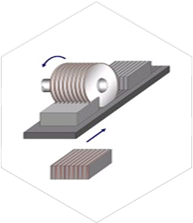
The sintered NdFeB compacts shall be machined into black sheet of various specifications and models. The machining methods mainly include: coreless grinding, double-side grinding, linear cutting, slicing, drilling, holing, tapping, etc. After machining, the specifications include: square, disc, circular ring, tile shape, special shape, etc


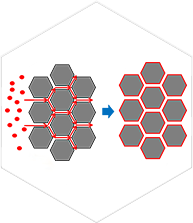
Different types and quantities of substances are directly introduced into the grain boundary region of the magnets to react with the original grain boundary phase during sintering and subsequent aging process, so as to change the composition and structure of the grain boundary phase, and to further improve the properties of the magnets and reduce the addition amount of heavy rare earth in the magnets with high coercivity.


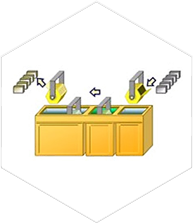
Surface Treatment is an important means to improve the surface protection capability of magnets. Earth-Panda has several full-automatic coating production lines to realize surface passivation, zinc plating, nickel plating, copper plating, electrophoretic epoxy, vacuum aluminum plating, zinc-aluminum spraying, etc. of magnets, meeting the requirements of different use environments of magnets.


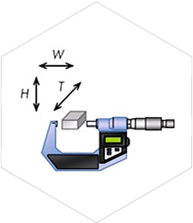
Earth-Panda can carry out many testing items such as magnetic performance, service characteristics and element analysis to provide reliable inspection guarantee and service for customers. The full-automatic inspection equipment makes the inspection efficiency improved rapidly and the inspection data more accurate. The analysis and testing center of the company has obtained the laboratory accreditation certificate issued by China National Accreditation Service for Conformity Assessment (CNAS), becoming one of the few CNAS accredited laboratories in the industry.


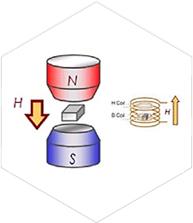
Through the instantaneous pulse strong current in the coil, the coil produces an ultra-strong magnetic field, making NdFeB products magnetized.
The magnetization direction can be divided into thickness magnetization, radial magnetization, multipole magnetization, etc.


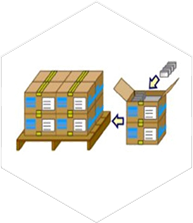
Products are packed according to customer and company standards to suit the transportation requirements of cars, trains, ships and airplanes, and to safely deliver to customers.